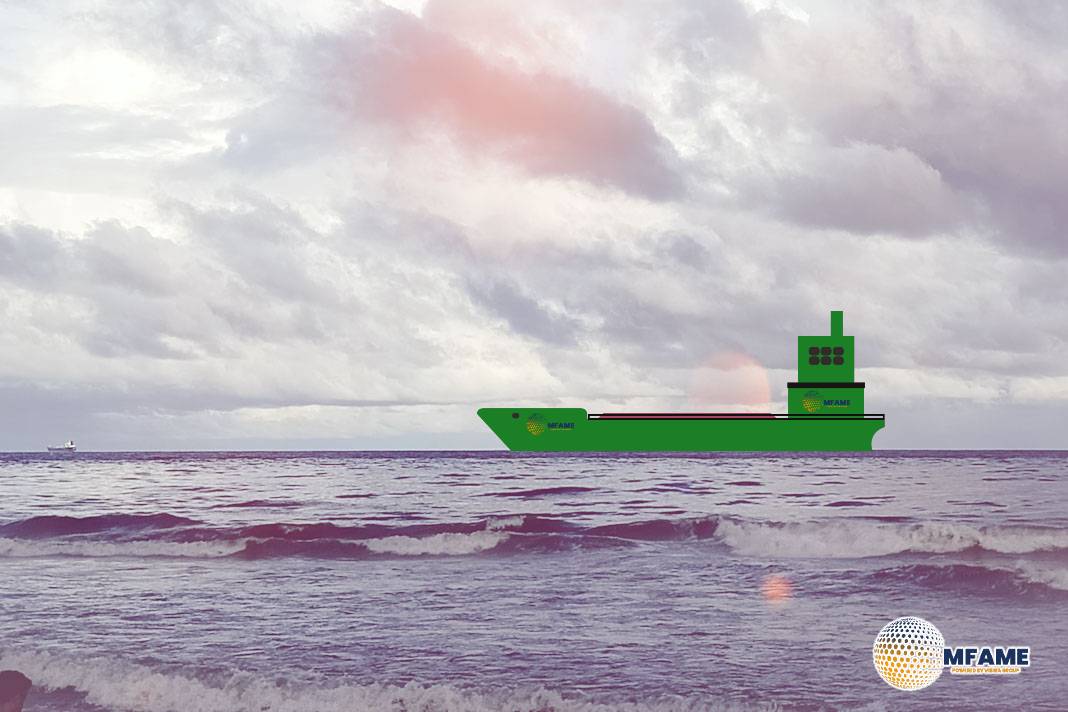Since early April 2025, the dry bulk market has indeed shown limited activity. Spot indices have largely remained within a broad range, and freight futures have gradually declined, converging towards the prevailing spot rates. This indicates a general lack of strong upward momentum, with freight rates showing little inclination to rise significantly, reports Breakwave Advisors.
Regional Dynamics
The Capesize dry bulk market is heading into the summer months with a mixed bag of influences. While iron ore prices have held steady around $100 per ton, coal prices have dipped to multi-year lows, impacting overall dry bulk demand. Historically, increased volatility in the Capesize spot market is expected as summer approaches, aligning with established seasonal patterns.
Regional dynamics will play a crucial role:
- West Africa is anticipated to see a slowdown in bauxite shipments due to the onset of seasonal rains in early to mid-July.
- Conversely, Brazil’s iron ore exports are projected to remain robust at relatively high levels for the remainder of the year.
The interplay between these export volumes from West Africa and Brazil will be a key determinant in shaping the Capesize market over the coming months.
Overall, the market anticipates activity levels to remain steady, which should support current price levels. However, the industry maintains a prevailing positive sentiment, as reflected in the robust pricing observed in the secondhand vessel market. This underlying optimism suggests that any potential tightening in vessel supply caused by positioning could quickly trigger upward spikes in rates.
Iron Ore Prices Stable
Despite weak supply and demand fundamentals, iron ore prices have remained unexpectedly stable at approximately $100 per ton. This stability is notable given the looming increase in supply, particularly from the Simandou project in West Africa, which is expected to commence shipping its first cargo in late November 2025. This new production suggests a limited risk of tightness in the physical market in the near term.
On the demand side, a slight decline in Chinese steel production is anticipated for 2025, reflecting both domestic and international weakness. Chinese steel export volumes likely peaked in 2024, and recent trade tensions are expected to further constrain these exports. While a collapse in demand is not foreseen, it is probable that China’s iron ore imports will be lower for the full year compared to 2024.
A key factor for the shipping market in 2025 will be the longer distances associated with the new West African supply, which is expected to benefit freight demand. However, the overall volume of cargo in transit remains relatively modest, which continues to be a structural downside for seaborne bulk trade.
Did you subscribe to our Daily newsletter?
It’s Free! Click here to Subscribe!
Source: Breakwave Advisors

















